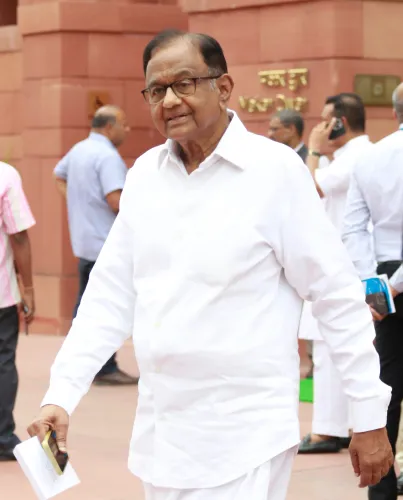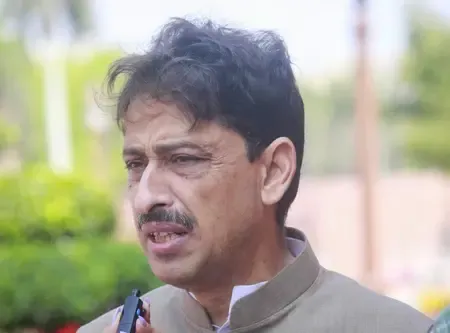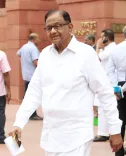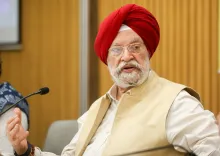Are Two More Districts in Tripura Approaching Food Self-Sufficiency?

Synopsis
Key Takeaways
- Dhalai and Khowai are nearing self-sufficiency in food grain.
- Urban farming initiatives are being emphasized.
- Tripura's rice yield exceeds the national average.
- New agricultural schemes aim to boost production.
- Challenges include limited land and pest issues.
Agartala, Oct 11 (NationPress) Two additional districts in Tripura—Dhalai and Khowai—are on the verge of achieving self-sufficiency in food grain production, as reported by the state’s Agriculture and Farmers’ Welfare Minister, Ratan Lal Nath, on Saturday.
According to the Minister, of the eight districts in Tripura, South Tripura, Sepahijala, and Gomati are already self-reliant in food grain production.
While attending a virtual address by Prime Minister Narendra Modi that unveiled two significant agricultural initiatives, Nath highlighted that Tripura benefits from ample rainfall, promoting good production levels, yet faces challenges from crop pests.
“In the past, we relied on outside sources for potato imports, but within three years, we aim to achieve< b>self-sufficiency in both potato and onion production. Farmers are now being encouraged to increase pulse production, and our focus on organic farming is gradually yielding results,” he elaborated.
Nath pointed out that the limited cultivable land constrains production in Tripura. “With more land, we could enhance our output. Our farmers are incredibly diligent. If weather conditions remain favorable, both Dhalai and Khowai are set to attain self-sufficiency in food grain production. In the West District, where population density is high and land is scarce, we are promoting urban farming, particularly horticulture,” he stated.
During the event, Prime Minister Modi launched two crucial schemes aimed at the agricultural sector—PM Dhan Dhaanya Krishi Yojana (PMDDKY) and Dalhan Atmanirbharta Mission (Pulse Self-Reliance Mission)—with a substantial outlay of Rs 35,440 crore.
In addition to Agriculture Minister Nath, Chief Minister Manik Saha and senior officials also participated virtually from Agartala.
The Agriculture Minister stated that the PM Dhan Dhaanya Krishi Yojana targets 100 districts including North Tripura, which faces challenges in food grain production.
“While South Tripura, Sepahijala, and Gomati are self-sufficient, Khowai, Dhalai, Unakoti, and West Tripura are still progressing. Tripura ranks 6th nationally in rice production, with an average of 3,299 kg per hectare, surpassing the national average of 2,882 kg.
In pulses, the national average is 881 kg per hectare, whereas Tripura achieves 856 kg per hectare, which is marginally lower.
“In terms of agricultural financing, Sepahijala leads, followed by South and West Tripura, while North has received lesser loans. These aspects are all being closely monitored at the national level,” the Minister mentioned.
He reiterated the Agriculture Department's commitment to enhancing pulse production.









